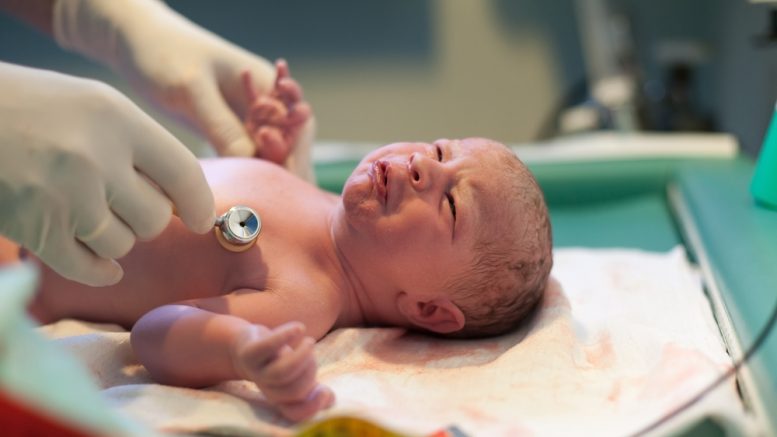If you have children, one of the first memories you likely have of your baby is the nurses taking the infant away to “wash” or “bathe” them. Washing children immediately after they’ve entered the world is almost a hospital tradition at this point. And for many parents, the visual of a baby with a waxy, frothy coating, justifies the act.
Our new beautiful baby is, well, dirty. Right?
“It’s important to remember that babies aren’t born dirty,” explains Dr. Ira Jaffe to Woman’s Day, a board-certified maternal-fetal medicine OBGYN doctor in NYC. “The way they’re designed to come out is how they should come out.”
What’s covering our babies isn’t a filthy slime, rather, a substance called vernix caseosa and it’s a healthy idea to leave it on for a day.
A 2004 study by ACOG’s Journal of Obstetrics and Gynecology shows that vernix caseosa is really just another layer of protective skin. It’s largely a part of the baby’s new and evolving immune system. It guards against bacteria and fungus. Pneumonia and meningitis are two illnesses that the coating protects against. We go to great lengths to vaccinate babies, but for decades we’ve been stripping them of their greatest natural immune component.
In the absence of chorioamnionitis, vernix and amniotic fluid contain an organized pool of antimicrobial peptides with a defined spectrum of bioactivity against common bacterial and fungal pathogens.
Women who give birth are exhausted, stressed and ripe to be influenced by hospital mantra. But now people are advocating for changes in hospital procedures as a way to clean up the process (pun intended).
“Nothing is better for a baby than laying against a mother’s skin,” said Dr. Jaffe.
All too often, this isn’t the case; instead, the baby is whisked away for baths and immediate umbilical cord cuttings and Vitamin K shots. The mothers are often reduced to laying alone in recovery beds while fathers watch their baby get a shot and a bath through a small window frame. A mother’s chest contributes to keeping her baby’s body temperature a healthy warm. Mom’s chest can even cool the baby down when needed. In other words, the mother is the baby’s temperature regulator immediately following birth.
The Department of Health has even changed its tune over the matter.
The Department of Health in conjunction with the World Health Association has set-forth a protocol for newborns, and in the section regarding thorough immediate drying of the baby (0-3 minutes after birth), it says “Do not wipe off vernix,” and “Do not bathe the newborn.”
But yet, hospitals around the country continue to act without logic and reason.


Be the first to comment on "Why Bathing A Newborn May Be Unhealthy"